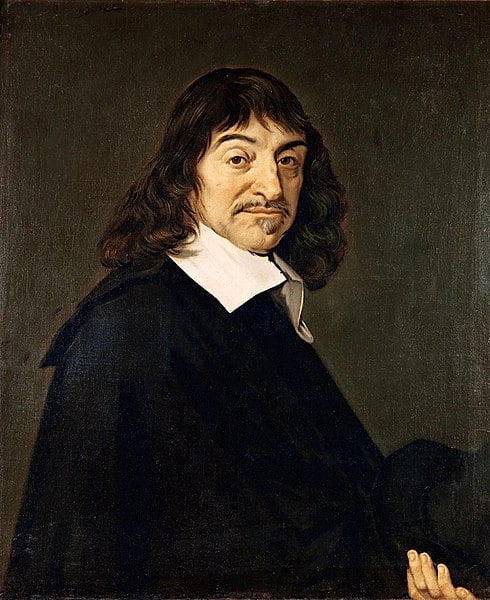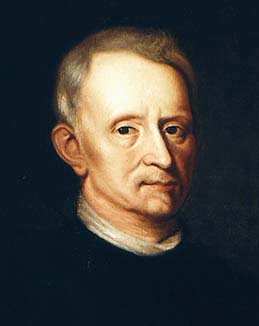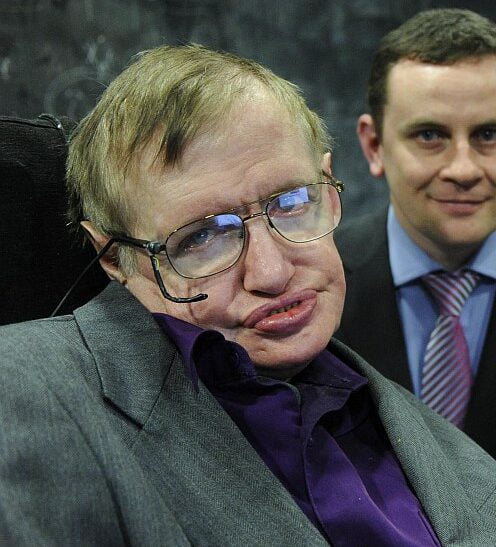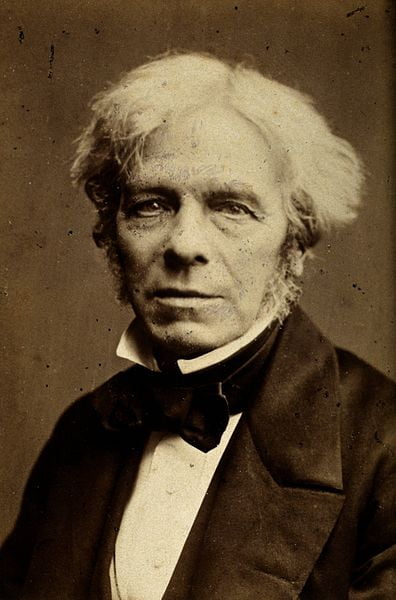| Born | 7 October 1885, Copenhagen, Denmark |
| Died | 18 November 1962 (aged 77), Copenhagen, Denmark |
| Alma mater | University of Copenhagen |
| Known for | – Foundational contributions to understanding atomic structure and quantum theory – Bohr model of the atom |
| Fields | Theoretical physics |
| Awards | Nobel Prize in Physics (1922) |
| Notable Students | Hendrik Kramers, I. H. Usmani, Lev Landau |
| Institutions | University of Cambridge, University of Copenhagen, Victoria University of Manchester |
| Thesis | Studies on the Electron Theory of Metals (1911) |
| Philosophical Impact | Developed the principle of complementarity, which dominated his thinking in both science and philosophy |






